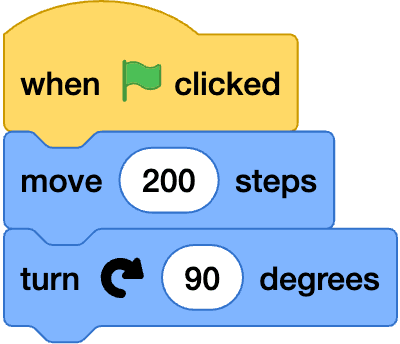Myths about teaching can hold you back
- Year 3
- Year 3
Sequences
I can explain that programs run sequences, which can be triggered by an event.
These resources will be removed by end of Summer Term 2025.
Switch to our new teaching resources now - designed by teachers and leading subject experts, and tested in classrooms.
These resources were created for remote use during the pandemic and are not designed for classroom teaching.
Lesson details
Key learning points
- A sequence is a pattern or process in which one thing follows another.
- Event blocks are used to trigger a sequence.
- A scratch project can include multiple sprites which are triggered by different events.
- A design is a plan to show how something will look or work.
Keywords
Sequence - the order of commands in a program
Event - an input which triggers a block of commands to be run
Design - a plan for what you want your program to do
Common misconception
The order that command blocks are joined together does not make a difference to the outcome.
The order of a sequence is important. A program will only follow the commands that it is given in the order that they are connected.
To help you plan your year 3 computing lesson on: Sequences, download all teaching resources for free and adapt to suit your pupils' needs...
To help you plan your year 3 computing lesson on: Sequences, download all teaching resources for free and adapt to suit your pupils' needs.
The starter quiz will activate and check your pupils' prior knowledge, with versions available both with and without answers in PDF format.
We use learning cycles to break down learning into key concepts or ideas linked to the learning outcome. Each learning cycle features explanations with checks for understanding and practice tasks with feedback. All of this is found in our slide decks, ready for you to download and edit. The practice tasks are also available as printable worksheets and some lessons have additional materials with extra material you might need for teaching the lesson.
The assessment exit quiz will test your pupils' understanding of the key learning points.
Our video is a tool for planning, showing how other teachers might teach the lesson, offering helpful tips, modelled explanations and inspiration for your own delivery in the classroom. Plus, you can set it as homework or revision for pupils and keep their learning on track by sharing an online pupil version of this lesson.
Explore more key stage 2 computing lessons from the Programming sequence using sound unit, dive into the full primary computing curriculum, or learn more about lesson planning.

Equipment
Pupils will need access to a device with block-based programming software. Examples in this lesson use Scratch https://oak.link/scratch
Licence
Prior knowledge starter quiz
6 Questions
Q1.Using a random position motion code block means you can set the location of a sprite.
Q2.A __________ block is used to control the position of sprites.

Q3.You want a sprite to point to the right. Which code block is the correct one to use?



Q4.Multiple sprites can be controlled using separate commands.
Q5.If you want to add commands to a sprite it must be ...
Q6.Which code block would you use to make the dinosaur sprite move towards the egg sprite?
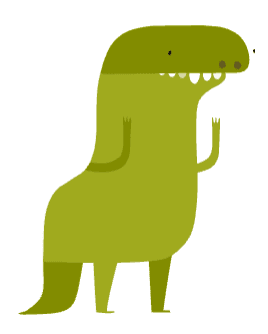
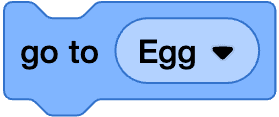
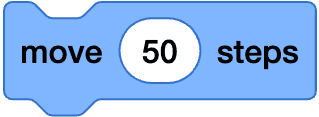

Assessment exit quiz
4 Questions
Q1.A is a pattern or process where one thing follows another.
Q2.Which of these is an event code block?
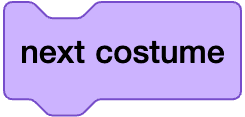
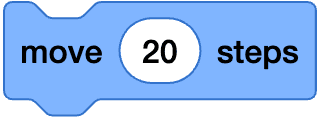
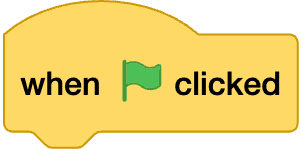
Q3.Which of the following events would you use if you wanted a sprite to move each time the space key is pressed?

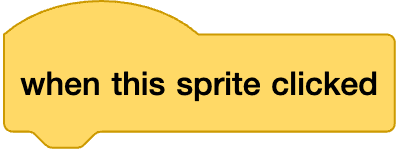

Q4.This sequence of commands will make the sprite turn 90 degrees and then move 200 steps.
